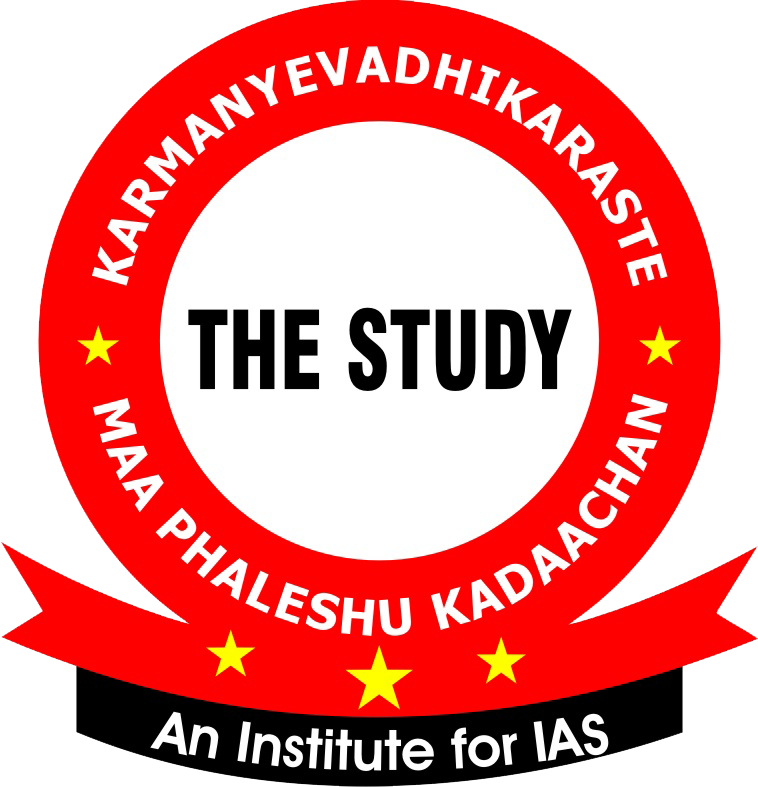Aug. 9, 2022
Quit India Movement
Why in News?
- Today, we are celebrating 80th anniversary of Quit India Movement (QIM) on August 08, 2022. It is also known as 'August Revolution' in Indian history.
About QIM
- The Second World War was being fought and Gandhiji launched Individual Satyagraha against India's participation in the war but failed. In the meantime, Japanese came closer to India.
- Simultaneously, in March 1942, Cripps Mission came to India. But before he could solve the constitutional impasse, Churchill called the mission back and the British remained adamant on not promising any constitutional change. Its failure formed the basis for the action against the British rule.
- There was a remarkable change in Gandhi's attitude in 1942 and he appeared to be aggressive when India was under threat of Japanese attack.
Why did national struggle become inevitable?
- The failure of Cripps Mission exposed Britain's unchanged stance on the issue of constitutional reforms.
- Rising prices, shortage of essential commodities, government’s occupation on canals and other means of transport due to fear of Japanese attack in World War-II. Also, discontent increased due to not protecting Indians in Malaya and Burma.
- The news of Britain’s defeat in South-East Asia and fall of the mighty Britain aroused the will of Indians to express their discontent.
- The leaders of National movement felt it inevitable to start a struggle because there was possibility of no resistance from Indian people against the Japanese invasion due to increase discontent among them against British rule.
Meeting of All India Congress Committee (AICC) – Gwalia Tank, Bombay
- On August 8, 1942, AICC meeting was called at Gwalia Tank Ground in Bombay. Through Quit India Resolution, it was decided that if the power was not handed over to the people of India immediately, then civil disobedience movement would be started under the leadership of Gandhi.
- On this occasion Gandhi gave his famous slogan 'Do or Die' and said that this final war would be a 'decisive war' and hence Indians would either achieve freedom or sacrifice their lives for it. If the leaders are arrested, then decide your own course of action.
Launch and Spread of the Movement
- The government was alerted by the above announcement of Congress. The government arrested top Congress leaders in the same night. Gandhiji was kept in the Aga Khan Palace and the rest of the leaders were imprisoned in sss Fort. The arrest of the leaders created an unprecedented and nationwide wave of public outrage. Nationalist writers coined it as 'August Revolution'.
- Quit India Movement can be divided mainly into three phases. The spread of first phase, which was intense and violent, was mainly concentrated in the cities. There were many violent clashes in Bombay, Calcutta, Delhi, Patna and many people were killed.
- From mid-August, the movement entered in its second phase and in this phase the centre of the movement became rural area. Combative students moved from centres like Banaras, Patna and Cuttack to the village. Parallel governments were established under Chittu Pandey in Banaras and Ghazipur. Chittu Pandey called himself a Gandhian. His government took away all the powers of the Collector and released all the arrested Congress leaders. But after a week, the British government re-established its control here.
- The National Government (Jatiya Government) was established on December 17, 1942 at a place called Tamluk in Midnapore district of Bengal. Its existence lasted till September 1944. This government was established by Satish Samant. Matangani Hazara, a 73-year-old farmer widow from Tamluk region, played an important role in this development.
- Parallel government in Satara (Maharashtra) proved to be the long lasted (mid 1943 to 1945). This came to be known as 'Prati Sarkar'/counter government. YB Chavan and Nana Patil etc. played a major role in its founding.
- The Quit India Movement reached its longest but least violent phase around September, 1942. The main feature of this phase was the participation of educated youth in revolutionary activities. In particular, the means of communication and the police and army centres became their targets. Sometimes they followed guerrilla style under the leadership of Jayaprakash Narayan on the border of northern Bihar and Nepal. Farmers, part time revolutionaries, used to cultivate during the day and take part in sabotage operations at night. This is known as 'Karnataka system'.
- An organizational structure of the underground movement was also created in different parts of the country. Achyut Patwardhan, Aruna Asaf Ali, Ram Manohar Lohia, Sucheta Kriplani, Chhotu Bhai Puranik, Biju Patnaik, RP Goenka and Jayaprakash Narayan were main leaders of this underground movement. Usha Mehta operated underground radio in Bombay.
- People's participation was at many levels in the Quit India Movement. In this, youth, women, farmers, government officials belonging to the lower strata of the administration and police played an unprecedented role.
- Participation of Muslims was low in the Quit India Movement, but supporters of Muslim League did not inform police about revolutionaries, even they provided shelter to underground leaders when needed.
- Although the Communist Party boycotted the movement, hundreds of communists participated in it at the local level.
Government Oppressive Actions
- The government resorted to the policy of repression against the agitators. The army took many cities under its control, heavy fines were imposed on the rebellious villages and people were publicly tortured.

